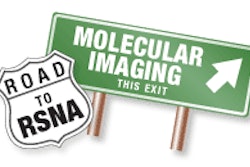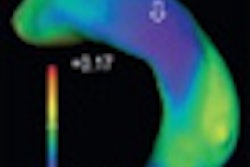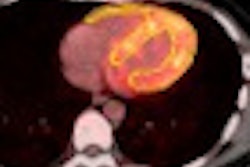PTLD is the second most common malignancy that occurs in adults following solid organ transplant.
The study, led by Homeira Zahiri, MD, used FDG-PET/CT in the management of 17 transplant recipients with confirmed PTLD. The cases included five patients with monomorphic PTLD, eight patients with polymorphic PTLD, and four patients with Hodgkin's lymphoma.
FDG-PET/CT at diagnosis showed increased FDG uptake in 13 (76%) of 17 patients with PTLD lesions, and the disease was upstaged on the basis of FDG-PET/CT scan results over conventional CT scanning in three patients (23%).
At the end of treatment, eight of the 13 patients had follow-up FDG-PET/CT scans, which showed no FDG uptake in the original PTLD lesions in four patients, improved uptake in two patients, and persistent uptake in two patients.
Based on the results, the researchers concluded that FDG-PET/CT can be a beneficial tool for the early diagnosis, follow-up, and management of PTLD.
Zahiri and colleagues also recommend that the use of FDG-PET/CT in managing PTLD be expanded into a larger prospective cohort study.



















